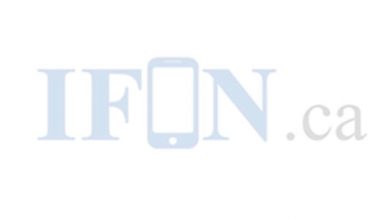
- Connect an audio interface to your computer’s USB or FireWire port, then connect an electric guitar to the audio interface.
- Connect the electric guitar to a channel on the audio interface or the adapter cable, using a standard 1/4-inch tip-sleeve instrument cable.
Moreover, how do I connect my guitar to Garageband?
Likewise, how do I plug my guitar into Garageband iPhone?
- Connect your device to an audio interface like the iRig HD 2 with a thunderbolt to micro-usb cable.
- Turn on your iPhone.
- Open Garageband and choose your Amp Type.
- Plug your guitar into the audio interface.
- Turn the monitoring button on.
Frequent question, can you plug guitar into iPad Garageband? Simply connect Jam to the dock port on your iPad using the provided cable. Using Apogee’s PureDIGITAL technology JAM makes a direct digital connection to your iPad and delivers your guitars true tone without compromise. … Also connect JAM to iPhone and GarageBand.
Furthermore, how do I connect my acoustic guitar to Garageband? To record acoustic guitar in Garageband, plug a USB microphone into your computer’s port and then select the microphone as the input device within Garageband’s Preferences. After placing the microphone in a stand and positioning it at the twelfth fret of the guitar, hit the red record button.Choose GarageBand→Preferences; in the Preferences dialog, click the Audio/MIDI Interfaces button. … The Audio/MIDI Interfaces pane appear. Choose the audio interface from the Audio Input pop-up menu, and then close the Preferences dialog.
Contents
Why can’t I hear my guitar on Garageband?
You can’t hear while recording in Garageband because your Monitoring button hasn’t been turned on in the Smart Controls or on the track header. Another reason could be that your Input/Output settings haven’t been set up properly in Garageband’s Preferences.
Can you plug your guitar into your phone?
Samsung users can now connect their guitar or bass to their Android device and play with the sound of the most sought-after amplifiers and effects from their smartphone thanks to the first professional guitar processing app and digital interface from IK Multimedia.
Does GarageBand have guitar effects?
Using the GarageBand Stompboxes with your Guitar. Using these effects pedals is completely intuitive and simple, just like you would an actual stompbox. … The “Level” control increases the output of your guitar’s signal going into the preamp of your digital amp model.
Can I use my iPhone as a guitar amp?
An iPhone, iPod touch or iPad can make the perfect practice amp. You can take it anywhere, plug in a guitar and headphones and be playing in a matter of seconds. If you want to play with other people, just plug your phone or tablet into rehearsal studio speakers or even a hi-fi.
How do I play my guitar on iPad GarageBand?
How do I play my guitar through GarageBand on iPad?
Connect your guitar to your iOS device (we’re using an iRig), get your headphones on and turn up the volume on your headphones and guitar. Open GarageBand. It’ll detect your guitar and automatically open the Guitar Amp. Don’t be alarmed that you can’t hear your guitar at this point.
Is there a PC version of GarageBand?
GarageBand for Windows comes with a fully functional and complete sound library that includes voice, presets, and instruments. It’s an absolute asset for professionals because of its vast selection of session instruments.
Do I need an audio interface for Garageband?
With all its capabilities, Garageband is a very powerful DAW. However, to be able to connect microphones and musical instruments to record into it, you’re going to need an. Interfaces are equipment, usually with a USB connection, that will speak directly to your music recording software.
How do you record guitar on Garageband app?
How do you record guitar on Garageband?
What interface can I use with GarageBand?
The best audio interface for beginners to Garageband is the Focusrite Scarlett 2i2, which is definitely the most suggested as well. The second best audio interface for Garageband, in my opinion, is the iRig Pro I/O, which is not only for guitars but also for microphones.
